Experienced flower growers have probably heard of such an indoor plant as a spurge. Despite the fact that it is distinguished by a large species diversity, the most famous among its species is the white-tailed spurge. Some people mistake it for a cactus because it has a thick stem, while others associate it with a palm tree at all, which can be explained by the presence of lush foliage at the top of the trunk.
It is not always possible to distinguish white-tailed euphorbia from other species, for example, comb euphorbia, the first time. To understand what kind of milkweed is in front of you, you should carefully look at the veins... In the white-veined, they will be clearly visible. In addition to this, this type of milkweed resembles a palm tree, and also stands out for its more pronounced decorative properties.
Content
Description
For the first time, they began to breed euphorbia in Madagascar, where it was discovered in the wild. later it spread to the countries of tropical America and Africa. And this plant can be both beneficial and harmful.
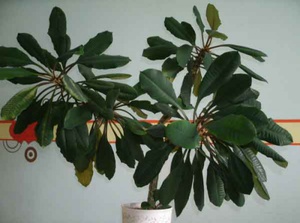 Stem. From below, the plant has a rounded shape, has a rather dense structure, but at the same time has a small diameter. As you move to the upper part, the diameter of the stem increases, acquires a more ribbed surface. Most often he has few ribs - four or five. Fringed stipules can be seen at the edges. In adult plants, the presence of a bare lower part of the trunk can be noted. If you create the right conditions for growing at home, then euphorbia can reach a height of 2 m.
Stem. From below, the plant has a rounded shape, has a rather dense structure, but at the same time has a small diameter. As you move to the upper part, the diameter of the stem increases, acquires a more ribbed surface. Most often he has few ribs - four or five. Fringed stipules can be seen at the edges. In adult plants, the presence of a bare lower part of the trunk can be noted. If you create the right conditions for growing at home, then euphorbia can reach a height of 2 m.- Leaves. This species of milkweed has dark yellow leaves with white veins, which are attached to long red petioles. The latter are also elongated and reach a length of 20 cm. The first leaves of milkweed appear on the upper part of it, which makes it look like a palm tree.
- Flower. Unfortunately, at this stage of development, the plant does not acquire more decorative properties. The basis of stipules is formed by hard scales, from which flowers protrude, resembling thin white threads. The flower itself has a rather expressionless appearance.
- Fetus. When the milkweed runs out of flowering time, a box appears containing three nests of seeds. At the moment of reaching the stage of ripening, it opens, as a result of which the seeds scatter in different directions, so subsequently milkweed sprouts can be found nearby in nearby pots. This feature of the plant explains why people often call it "champagne spray". If the owner plans to receive seeds, then he must not miss the moment of ripening of the capsule and cut it off before opening.
You can solve the problem of uncontrolled self-seeding by carefully removing flowers: To do this, they need to be turned clockwise, and the resulting milky juice is removed with a damp cloth.
Home care
Many flower growers are attracted by the white-tipped euphorbia because it is easy to grow in a city apartment.Indeed, many do not take into account whether it is beneficial or harmful, but pay attention to its decorative properties.
Main activities
Before the white-veined euphorbia grows from the seeds, you will have to spend a number of mandatory activities.
 Landing. First of all, it is necessary to prepare containers that need to be filled with drainage. Pieces of chipped brick or expanded clay are best suited here. The presence of drainage in the pot is a prerequisite for growing milkweed. Otherwise, water will begin to stagnate in the container, and this will lead to the death of the roots and stem. It is recommended to plant euphorbia in a pot of shallow depth, as long as it is wide enough. After the plant grows up a little, a few stones are added to the pot to the existing drainage. This is necessary to ensure balance, as the heavy crown may cause the pot to fall. During planting, it is important that the seedling is buried in the ground strictly in the middle of the container.
Landing. First of all, it is necessary to prepare containers that need to be filled with drainage. Pieces of chipped brick or expanded clay are best suited here. The presence of drainage in the pot is a prerequisite for growing milkweed. Otherwise, water will begin to stagnate in the container, and this will lead to the death of the roots and stem. It is recommended to plant euphorbia in a pot of shallow depth, as long as it is wide enough. After the plant grows up a little, a few stones are added to the pot to the existing drainage. This is necessary to ensure balance, as the heavy crown may cause the pot to fall. During planting, it is important that the seedling is buried in the ground strictly in the middle of the container.- Transfer. For the plant to feel good, it must be planted annually in fresh soil. With regard to old plants, such an operation is allowed to be carried out no more than once every two to three years. Due to the small size of the root system, it is recommended to use a container of the same volume for transplanting as the previous one. You can do milkweed transplant whenever you want. This is due to the fact that in his homeland the climate practically does not change during the year.
- Watering. Euphorbia is especially picky about moisture in summer, so at this time of year it must be watered in large portions. Watering can be reduced as winter approaches. The main thing is to prevent the earth clod from drying out. Plants feel best when watered with soft, warm water.
Creation of favorable conditions
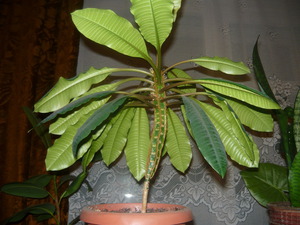 This plant will delight you with its beauty only if you provide the necessary conditions for it.
This plant will delight you with its beauty only if you provide the necessary conditions for it.
Air humidity... It is not required to carry out special measures to change the air humidity for triangular milkweed, since it can adapt to any level of humidity in the apartment. Therefore, during the heating season, the spurge will grow as well as in the rest of the months. Spraying and washing under a warm shower gives a good effect. However, it makes sense to carry out these operations to maintain cleanliness, since a large amount of dust constantly accumulates on large leaves.
Lighting... Although this plant is photophilous, direct sunlight can negatively affect its development, which can lead to burns on the leaves. Favorable conditions for its growth can be created on the windowsill located on the north side, and it can also be kept in the back of the room. The milkweed crown will always look attractive if you periodically turn it in different directions to the light source.
Temperature regime... It should be borne in mind that the homeland of milkweed passes near the equator, so a warm climate prevails there at any time of the year. Proper care involves maintaining the same conditions in the room. Any cold snaps oppress even triangular euphorbia. Home care will be limited to maintaining the temperature in the room at least 15-16 degrees, otherwise it will lead to the development of root rot.
First of all, you need to protect the root system of white-veined milkweed from hypothermia. The influx of fresh air has a positive effect on the development of the plant, so in the summer it can be taken outside. However, it is necessary to monitor the temperature of the surrounding air, because if it does not correspond to the recommended milkweed, the disease can strike. Therefore, in those periods when there will be significant fluctuations in temperature at night and during the day, you should bring back to the house white-veined spurge. Home care requires attention to even these details.
Priming... Triangular spurge will grow well if there is a soil mixture made from sand, peat, humus, taken in equal quantities, in the container for planting it.
Top dressing... All types of milkweed are not particularly demanding for feeding. To provide it with the necessary nutrients, fertilizers can be applied once a month. The first time it is fed in the spring, and the last time in the fall.
Pruning... It is possible to cut the white-veined milkweed after its flowering is completed. During pruning, shoots must be removed by 10-15 cm.
Reproduction... If necessary, any gardener can get seedlings from an adult plant for new bushes. The easiest way to propagate it is with seeds. After harvesting or purchasing in a store, you need to prepare a container, fill it with a substrate, sow seeds into it, and then sprinkle it with a small layer.
There is no need to create special conditions that can accelerate their germination.
Subject to frequent watering, soon you can see the first shoots, which begin to grow rather quickly.
There is also another way of reproduction of white-necked milkweed - with the help of cuttings. As a planting material, you can use the lateral process... After cutting it is placed in warm water and waited for milky juice to come out of it. After that, the cutting is pulled out and crushed coal is applied to the cut site.
After that, it is necessary to allow the cuttings to dry for two to three days. Then it can be planted in the ground, after which the container must be placed in a warm place for quick rooting. It is recommended to use a similar breeding method with the arrival of summer.
Diseases and pests
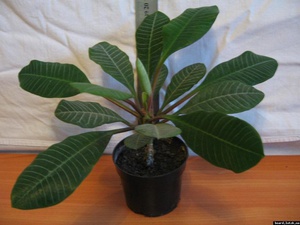 Fungal diseases are a serious danger to milkweed, but they occur only under special conditions - low temperature and high humidity. If during the inspection the plants appear suspicions about the beginning of decay, then it is necessary to change the conditions for keeping milkweed.
Fungal diseases are a serious danger to milkweed, but they occur only under special conditions - low temperature and high humidity. If during the inspection the plants appear suspicions about the beginning of decay, then it is necessary to change the conditions for keeping milkweed.
Home care should be comprehensive, therefore, with a lack of lighting, leaves may drop. This phenomenon can be prevented by placing the plants on a bright windowsill, which should not be exposed to direct sunlight.
Most often plants the following types of pests are affected:
- spider mite;
- aphid;
- scabbard.
The methods of dealing with them are similar to those used for other pests. To do this, you can carry out the treatment with soapy water, arrange a long shower. In some cases, you can resort to using chemicals.
Conclusion
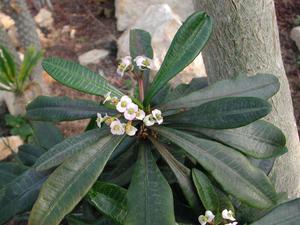 Perhaps for some it will be surprising, but the white-spiked spurge, whose homeland is an exotic country like Madagascar, can easily grow in the conditions of our country. It can be grown at home, although this will take some effort. The very process of sowing seeds does not imply any special events. Much more attention needs to be paid to creating optimal conditions for its development.
Perhaps for some it will be surprising, but the white-spiked spurge, whose homeland is an exotic country like Madagascar, can easily grow in the conditions of our country. It can be grown at home, although this will take some effort. The very process of sowing seeds does not imply any special events. Much more attention needs to be paid to creating optimal conditions for its development.
Given that the climate in the homeland of milkweed remains unchanged throughout the year, similar conditions must be maintained in the apartment. During the summer months take euphorbia to fresh air, however, you need to monitor the temperature drops during the night and day. If we take into account these and other important points regarding the cultivation of white-tailed milkweed, then you can enjoy its flowering for more than one year.
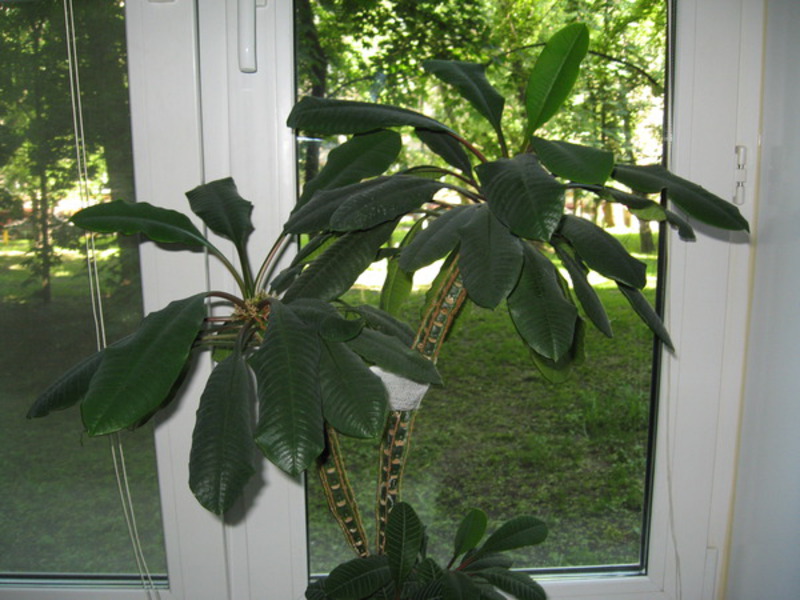
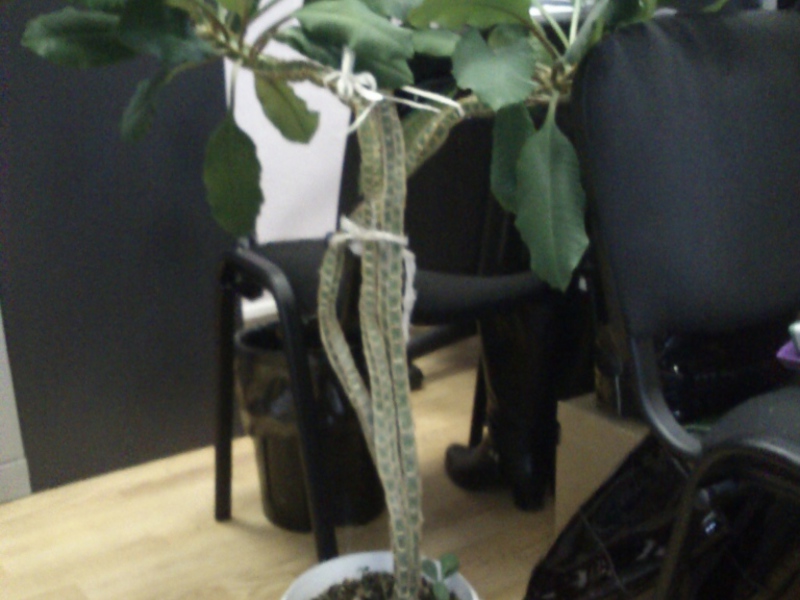
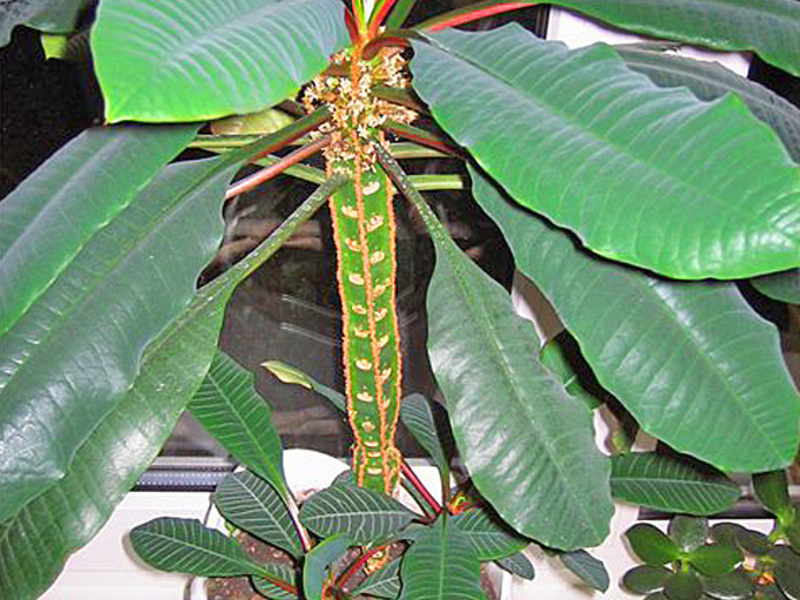
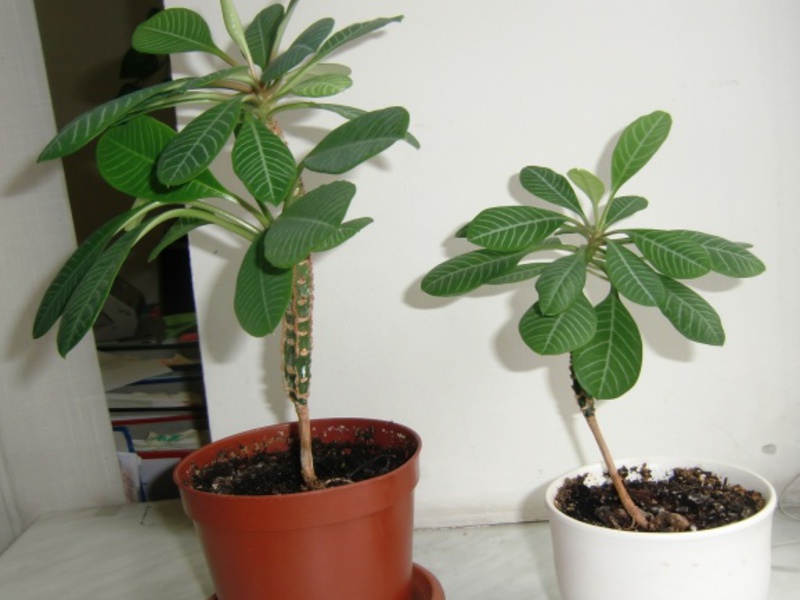
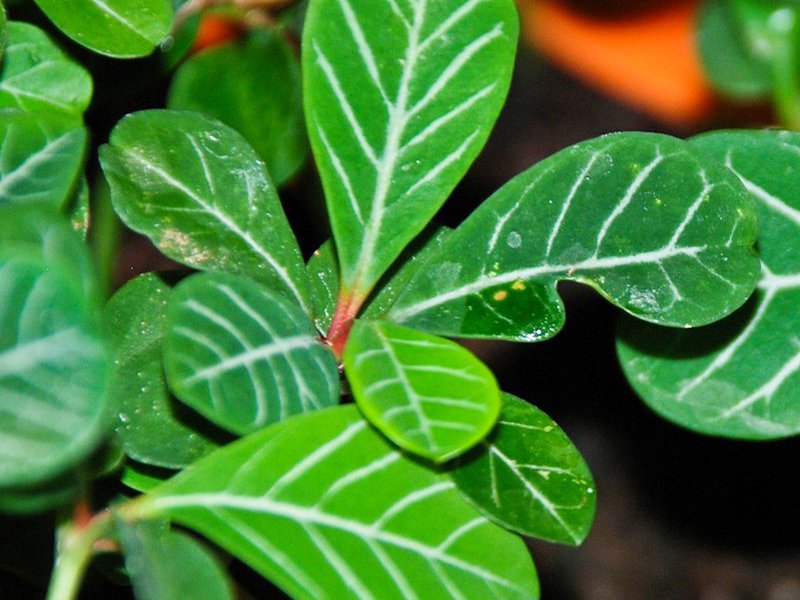

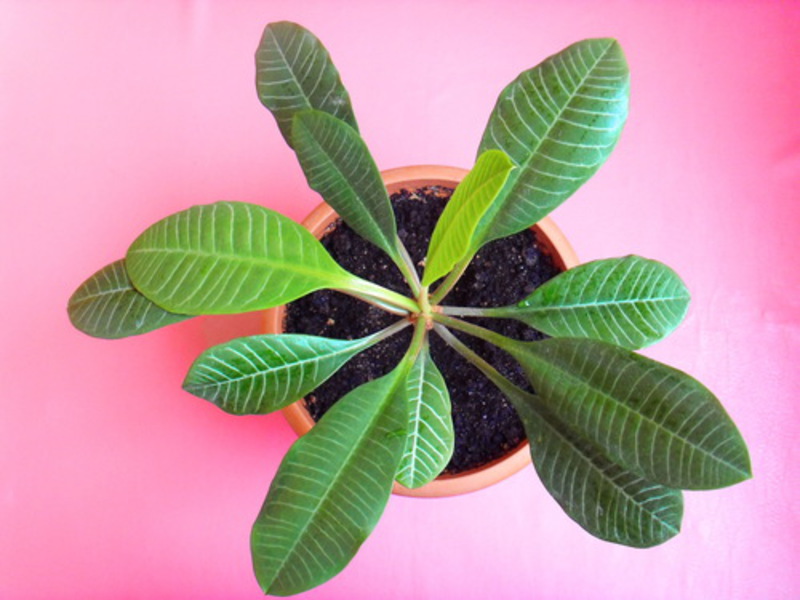
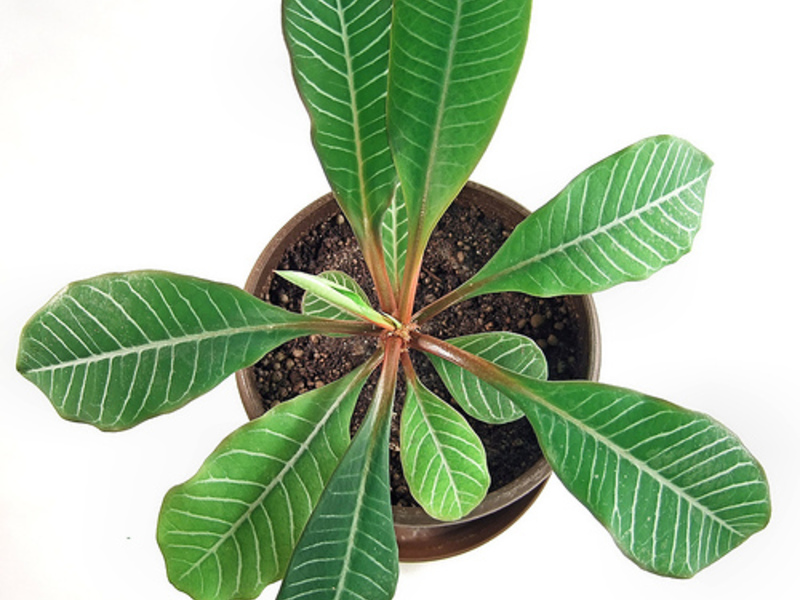
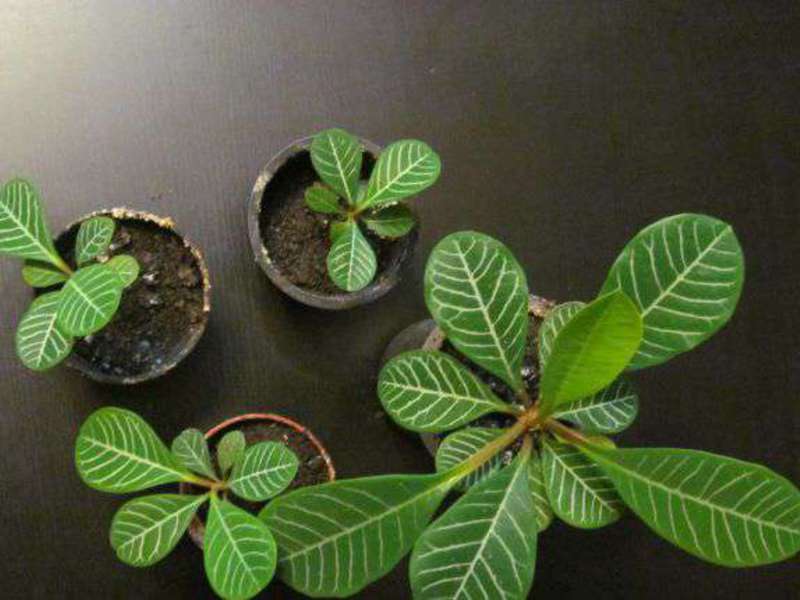
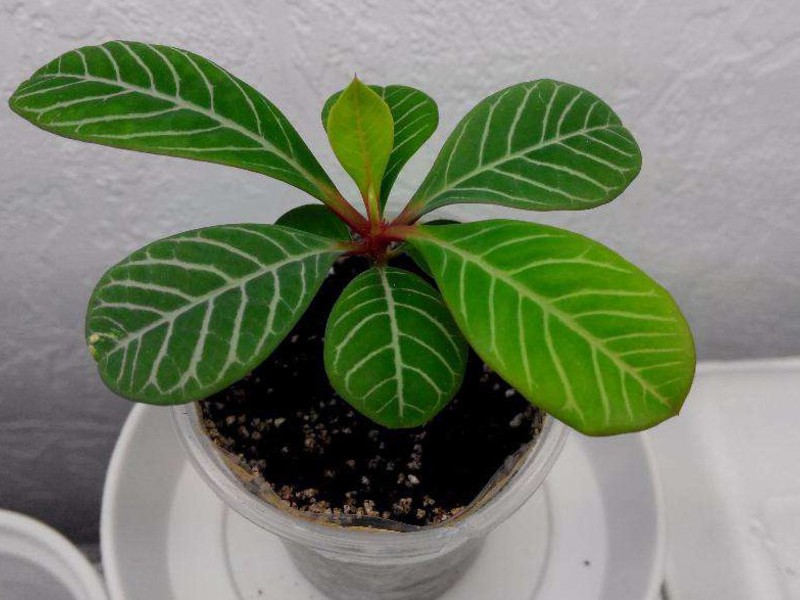
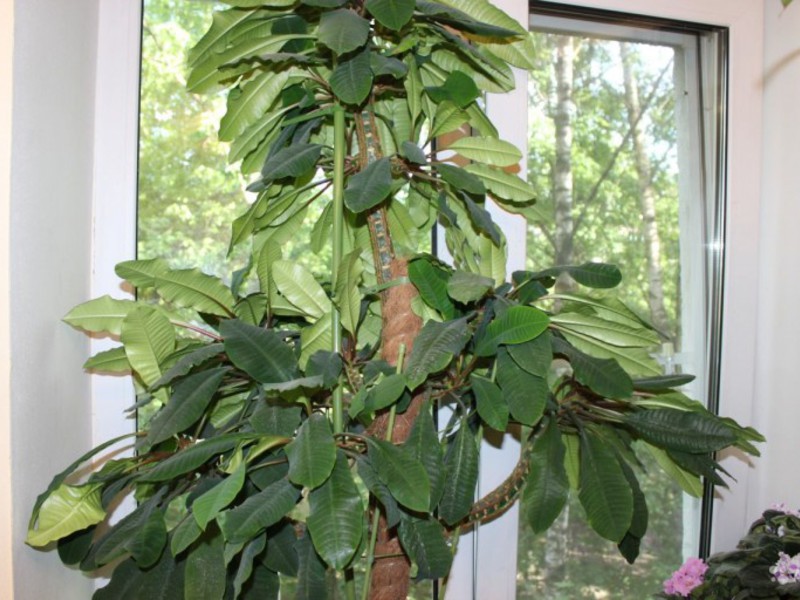
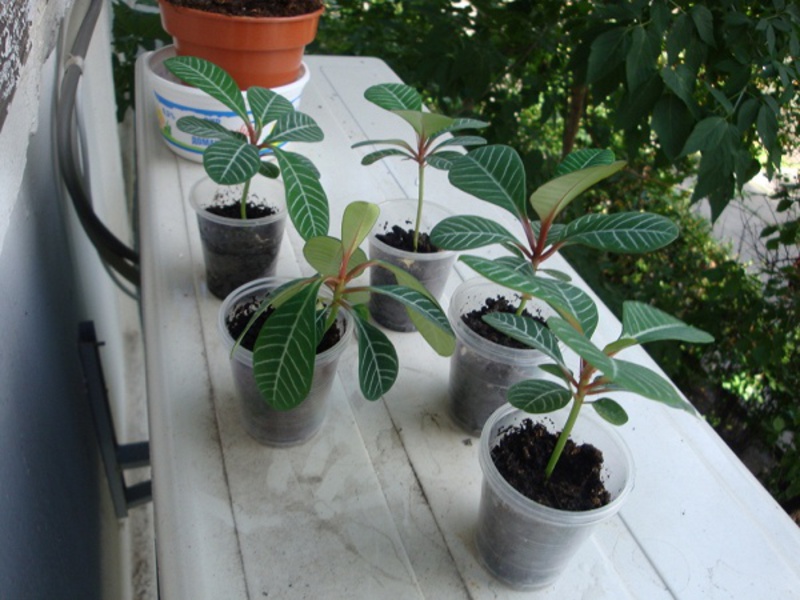
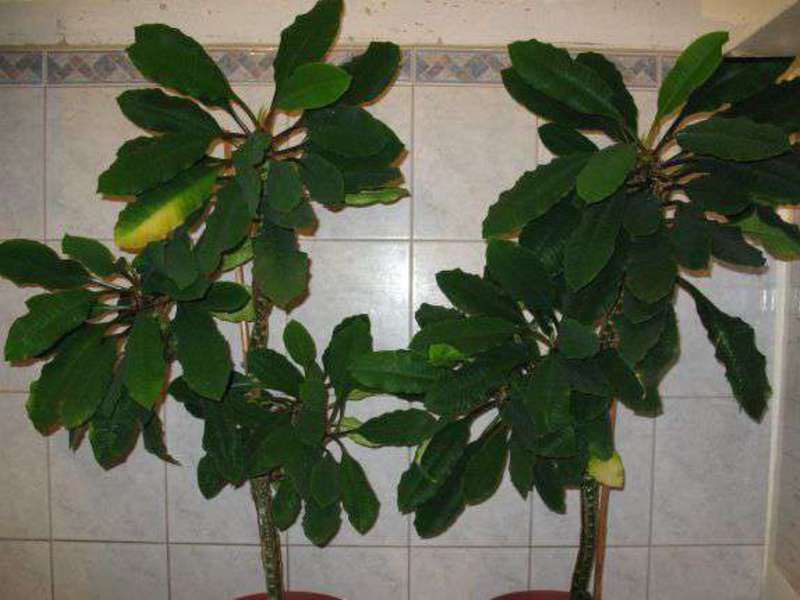
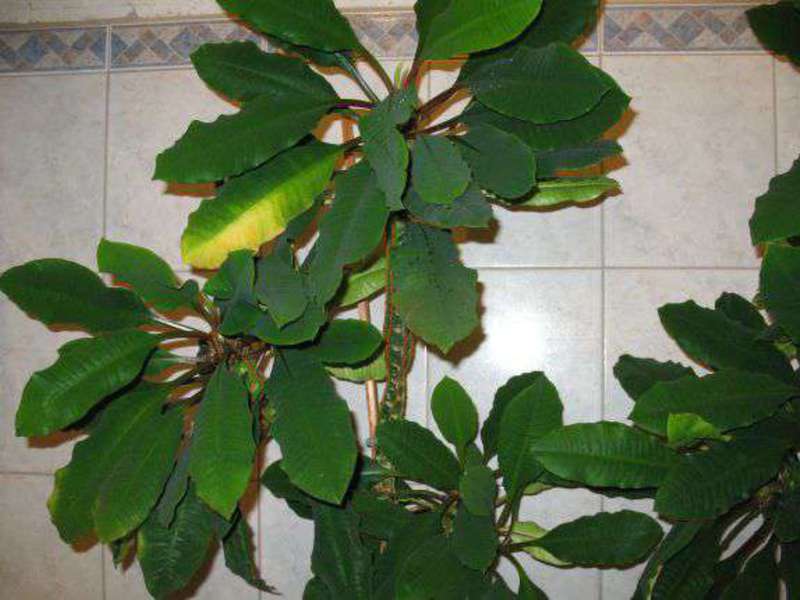
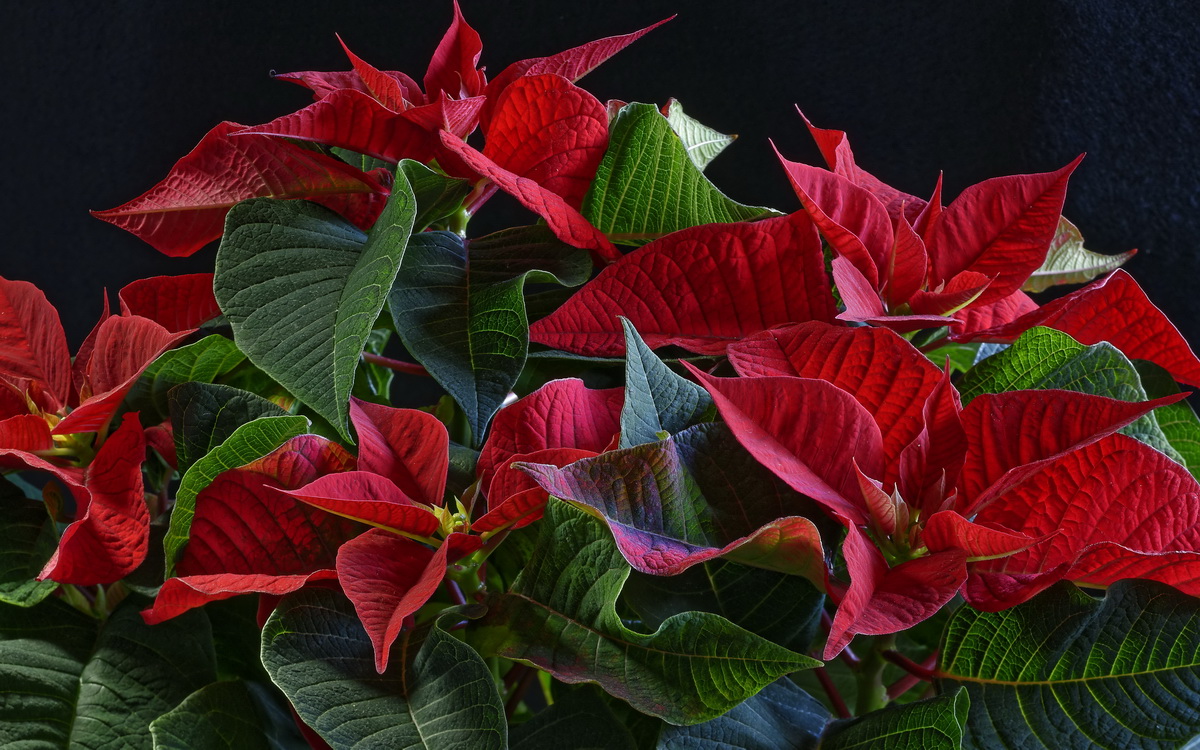
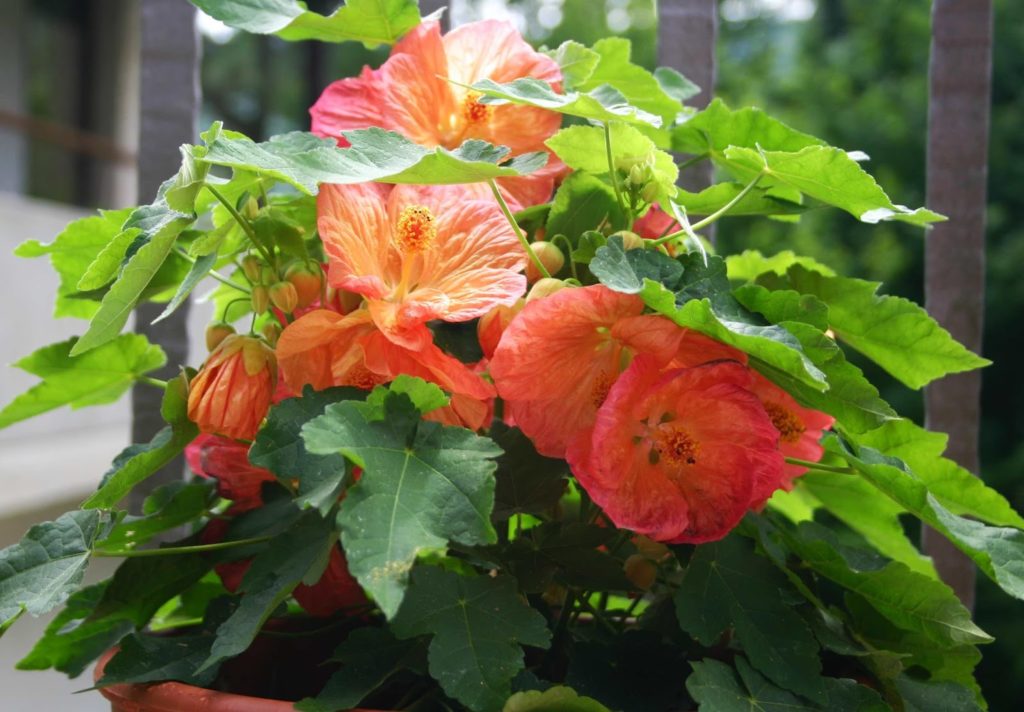
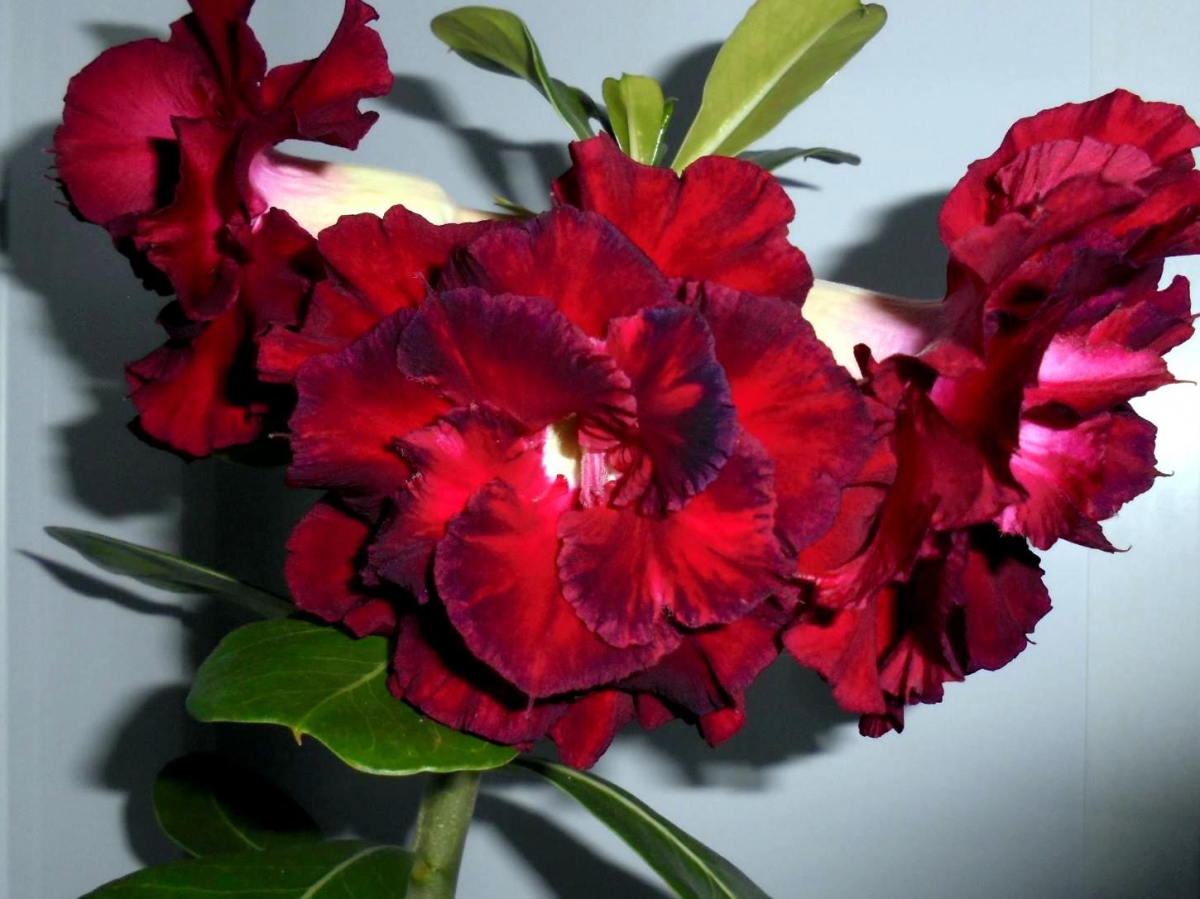
1 comment